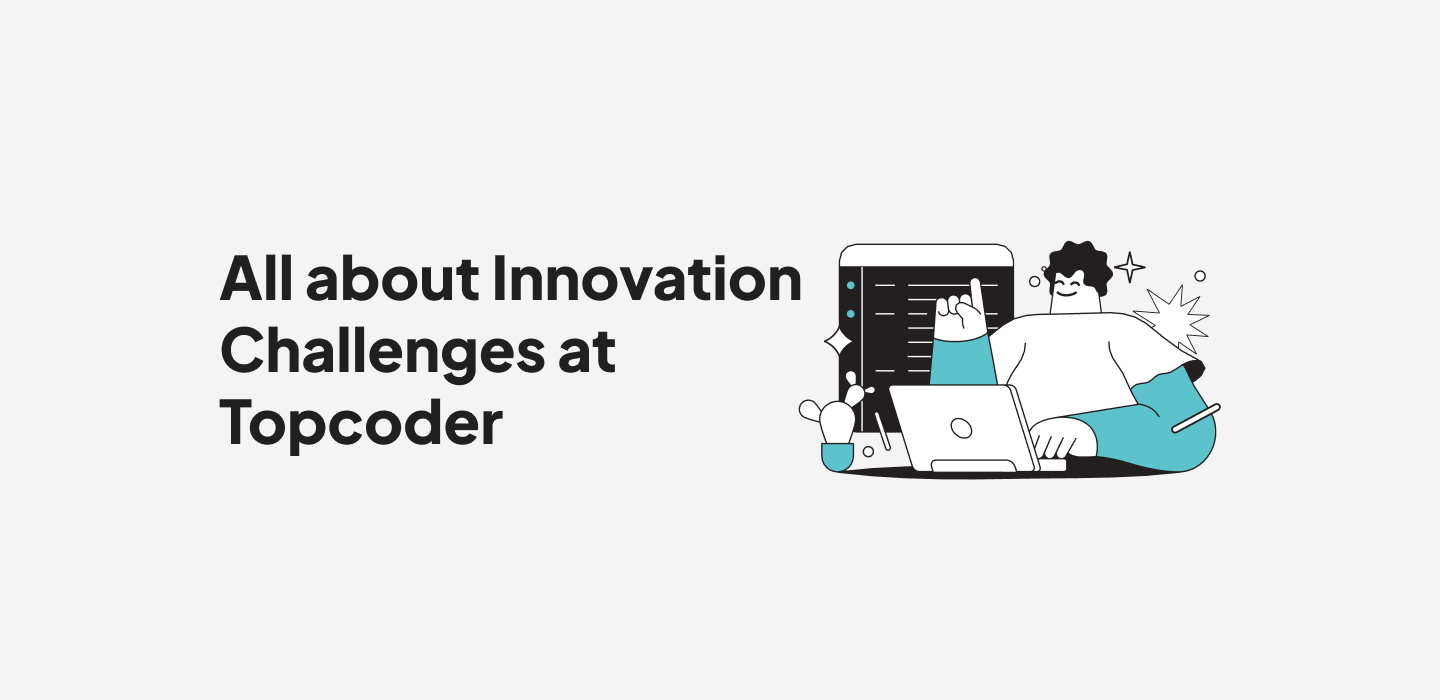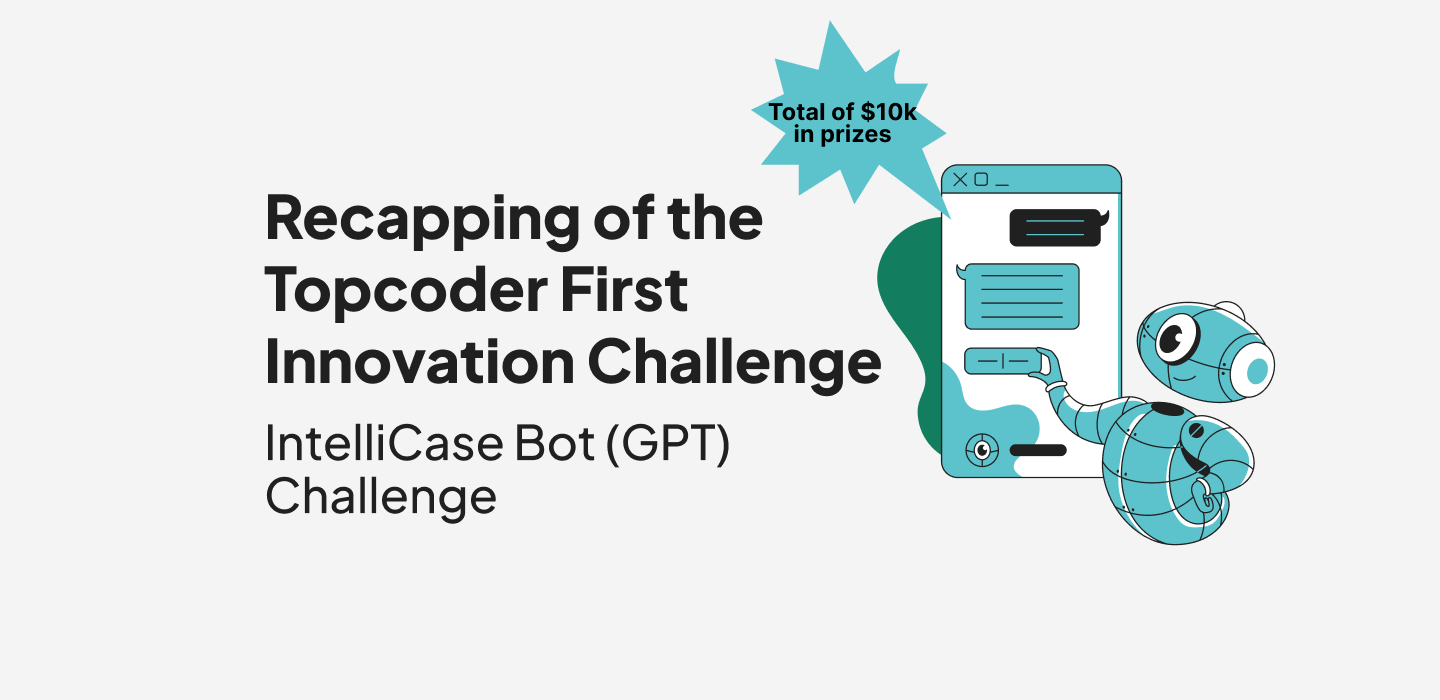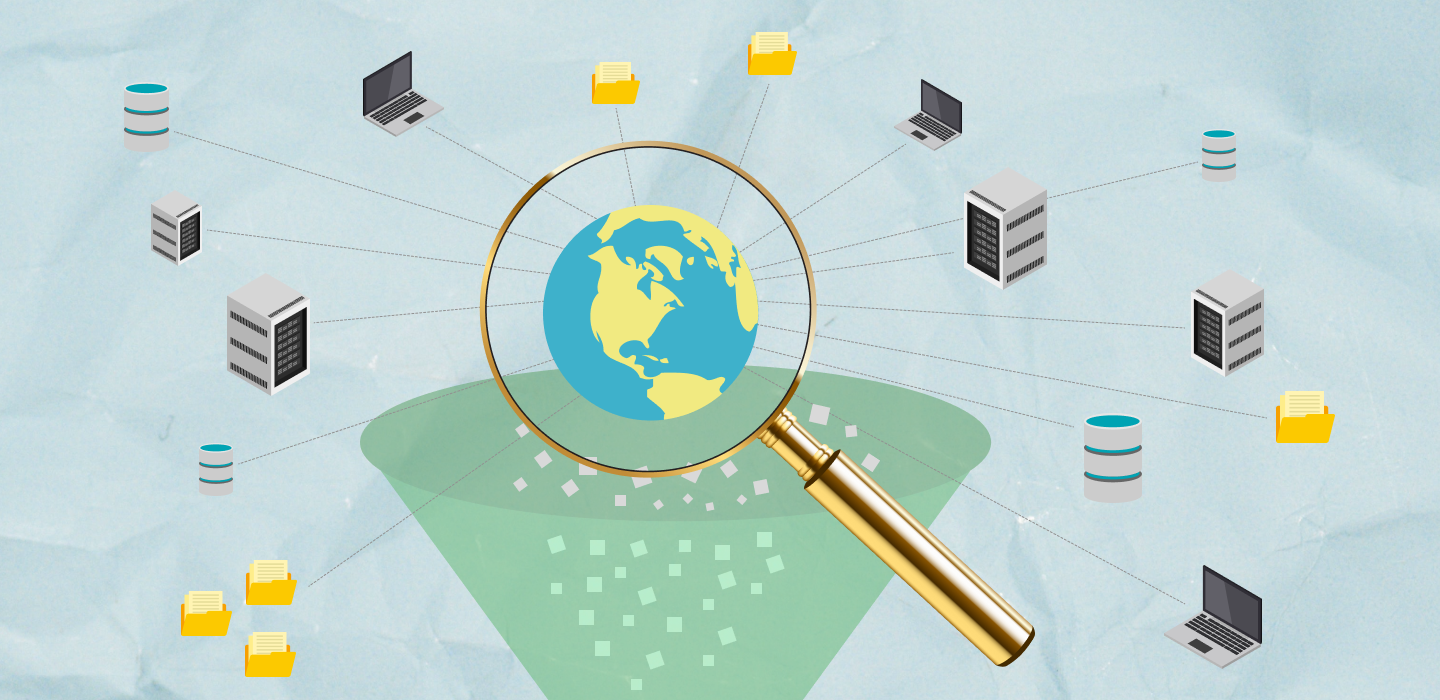July 6, 2017 Konica Minolta + Topcoder to Develop Cancer Recognition Technology
In many ways, data science is the hottest topic in quantitative problem-solving for businesses. This is especially true in healthcare — with business problems that require algorithm optimization, image and pattern recognition, and predictive analytics. Crowdsourcing has already changed the face of medicine as we know it. We’ve seen it with our work in master data management, predictive toxicology, genome-wide association studies, and DNA sequence optimization — among others. The Topcoder Community makes it easier for businesses to find and leverage the data science skills necessary to solve these complex problems. Through our crowdsourcing competitions, some of the most talented data scientists in the world surface their best solutions on projects ranging from healthcare and energy to literal rocket science and beyond.
Konica Minolta, a Japanese technology company, and Topcoder, the leader in global crowdsourcing, recently joined forces on a similarly life-changing healthcare initiative: to develop highly specific, efficient cancer recognition technology.
Advancing medicine with recognition technology
In the medical field, digitization of pathology was rather delayed (as compared to radiology). As a result of the spread of whole slide imaging (WSI) — capable of digitally shooting the entire specimen — the situation has changed and digitization is progressing rapidly. With the increase of large amounts of digital data, the burden of interpretation by the pathologist has increased intensively. We’re reaching the limits of human diagnosis.
Techniques for processing them by machine learning (e.g., deep Learning) and applying them to individual cell recognition and cancer diagnosis have also been developed, along with various image recognition contests. With the Topcoder Community, Konica Minolta has its sights set on developing a recognition technology that distinguishes between the cancer region and other regions positioned as the basis for all digital pathological image analysis.
Semantic image segmentation for cancer diagnosis
However, this is no easy feat. Currently, an expert pathologist needs to comprehensively judge while looking at the individual and the whole area of these images. But with the latest semantic image segmentation technology, Konica Minolta and Topcoder expect to get a model that can demonstrate the same performance as the human equivalent. But what does that entail?
In computer vision, image segmentation is the process of partitioning a digital image into multiple segments (i.e., sets of pixels, aka super-pixels). The goal of segmentation is to simplify and/or change the representation of an image into something that is more meaningful and easier to analyze. Image segmentation is typically used to locate objects and boundaries (e.g., lines, curves, etc.) in images. More precisely, image segmentation is the process of assigning a label to every pixel in an image such that pixels with the same label share certain characteristics. Within the Topcoder Community of data scientists, the goal of this challenge is segmentation for pathological images — to aid in the diagnosis of cancers.
Cognitive experts in healthcare
Today’s data scientists do incredible work supporting doctors and extending the reach of modern medicine. They enable the insights our healthcare professionals need to specialize and improve treatments. For instance, as Wired reports, IBM Watson is already at work at Memorial Sloan Kettering Cancer Center, helping doctors make better cancer treatment choices. The Topcoder Cognitive Community, a collective of cognitive specialists within the greater Topcoder Community, are the kinds of technical experts trained in these revolutionary technologies.
As for the challenge specifics: Registration opened at 12pm EDT on June 30th, 2017, and the challenge officially goes live at 12pm EDT on July 14th, 2017.

Jiordan Castle


